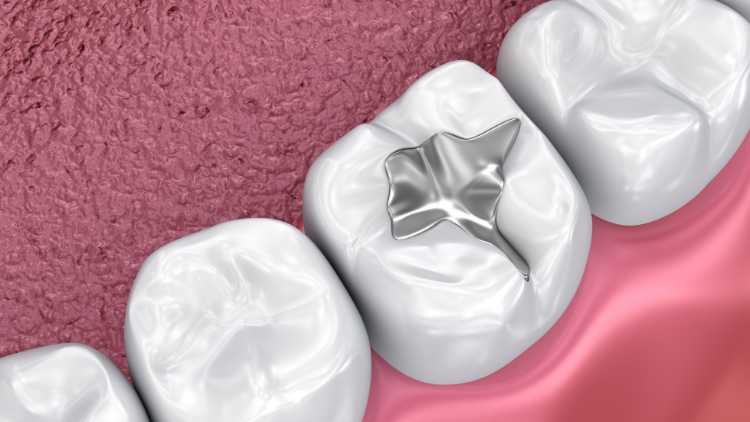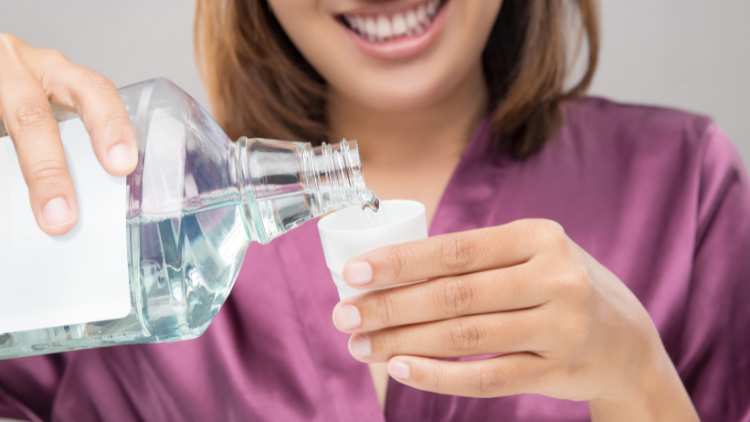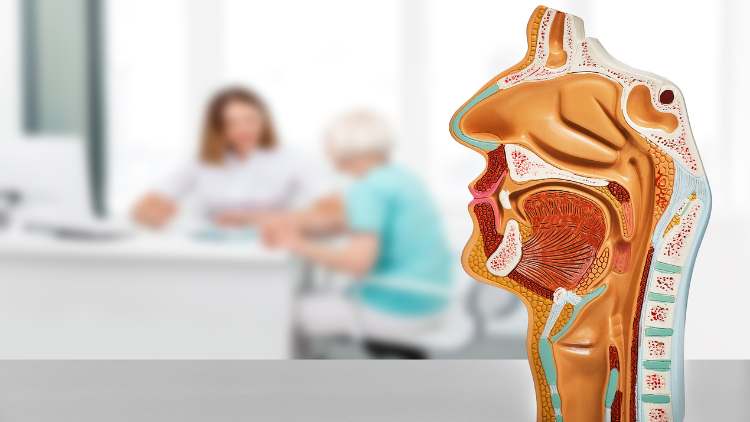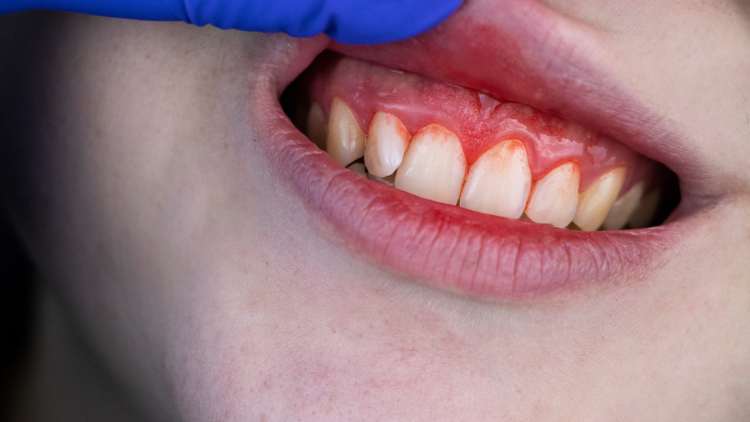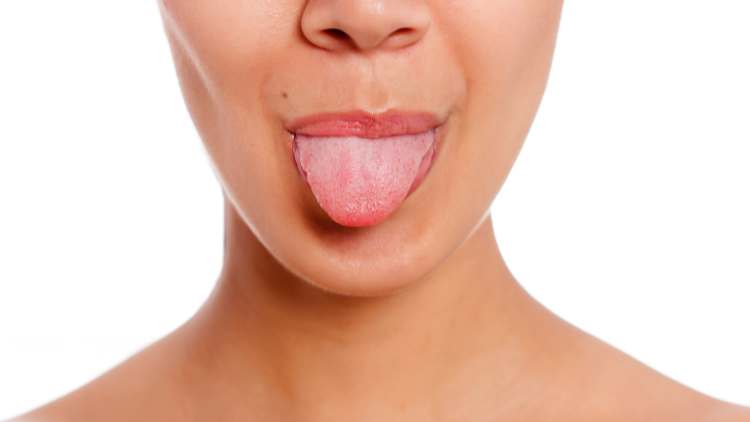
When it comes to oral health, the tongue often takes a back seat to teeth and gums. However, its role is far more significant than we might think. In this blog, we’ll dive into the importance of tongue health and share practical tips for maintaining a clean and healthy tongue.
The Significance of Tongue Health
The tongue is a powerhouse in our mouths, contributing to speech, taste, and digestion. But its impact on oral hygiene is equally crucial. The tongue acts as a natural cleaner, helping remove bacteria and debris that can lead to various oral health issues.
Common Issues Affecting Tongue Health
If your tongue is telling you something, it’s essential to listen. Bad breath, a white coating, or discoloration are common indicators of potential issues with tongue health. These signs can be early warnings of broader oral health concerns that need attention.
Tips for Maintaining a Clean and Healthy Tongue:
1. Proper Cleaning Techniques: Regular tongue cleaning should be part of your daily oral care routine. Use a toothbrush or tongue scraper to gently clean the surface of your tongue, removing bacteria and debris. This simple practice can significantly contribute to overall oral hygiene.
2. Choosing the Right Tongue Cleaner: There are various tongue cleaners available, from brushes to scrapers. Choose the one that suits your preferences and needs. Experiment to find the tool that feels most comfortable and effective for your tongue cleaning routine.
3. Incorporating Tongue Cleaning into Daily Oral Care Routine: Consistency is key. Make tongue cleaning a habit, ideally part of your morning and evening oral care routine. By doing so, you ensure that your tongue remains a proactive partner in maintaining oral health.
4. Hydration and Diet: Keep your tongue healthy from the inside out. Stay hydrated to promote saliva production, which aids in natural tongue cleansing. Additionally, maintain a balanced diet, limiting the intake of sugary and acidic foods that can contribute to tongue issues.
When to Seek Professional Help: While regular tongue cleaning is effective for most, certain signs may warrant professional evaluation. If you notice persistent issues such as discoloration, pain, or changes in your tongue’s appearance, it’s crucial to consult with a dentist or healthcare professional.
Enter the world of ceramic fillings—ideal for those seeking a perfect blend of strength and aesthetics. Inlays and onlays, crafted from porcelain or ceramic materials, are custom-made to fit precisely into your tooth. Not only do they boast durability, but they also mimic the look and feel of natural teeth, making them a top choice for many.
Conclusion
In the grand symphony of oral health, the tongue plays a vital role. By incorporating simple yet effective tongue cleaning practices into your daily routine, you can ensure that your tongue remains a reliable ally in maintaining a clean and healthy mouth. Listen to what your tongue is telling you, and let it be a beacon guiding you toward optimal oral well-being. Regain confidence in your smile and contact us today to schedule an appointment.

 Request an Appointment
Request an Appointment
